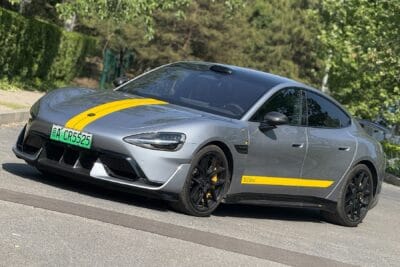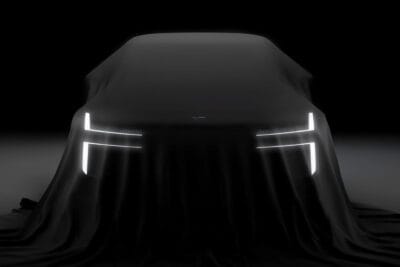Details regarding BMW’s electrification plans
That BMW boss Harald Krüger stumbled over his passive e-mobility strategy, is considered likely in the industry. What will happen under his successor Oliver Zipse remains unclear. However, insiders now deliberated a few details on BMW’s planned models.
Journalist Georg Kacher is generally regarded as very well informed when it comes to new car models. His latest article in the Automobile Magazine reads quite differently from the many PHEV premieres we have come to know from BMW in recent years.
It is still unclear which aspects bear the signature of Harald Krüger and where Oliver Zipse, who will be taking over as Chairman of the Board in mid-August, will intervene. Since Zipse was jointly responsible for the development of the various BMW architectures as production director, it is unlikely that he will radically change the programme. On the other hand, it was reported that the Supervisory Board wants to see a new strategy from Zipse before the end of the year. So surprises are not out of the question.
The iNext announced for 2021 will be the focus of the new electric portfolio. According to Kacher, it will probably be called i6 as a series model and will have three different performance levels, with a price range from 72,000 to 110,000 euros. The basic model will only have a drive with 250 kW at the rear axle and a 63 kWh battery. The middle model with all-wheel drive and 92 kWh battery has 320 kW, while the top model has 400 kW. A battery with 103 kWh should also be available at a later date. Kacher also speculates about a sporty i6S with 115 kWh.
As already indicated several times, the BMW i3 in its current cost-intensive form with carbon body will only continue in a somewhat more conventional car. When its successor with code name U15 – allegedly related to the BMW X1 – appears in 2022, it will be available as a battery and fuel cell vehicle.
The i4 announced for the model year 2021 is essentially a 3-series with battery-electric drive and a heavily modified body, but production can be carried out on the same lines as with the combustion engines. The next leap is scheduled for 2023: Then the i5 based on the 5 series and the iX5 based on the X5 will be launched on the market. In the same year, the i7 based on the seventh generation of the 7 Series (internally called G70) will also be shown. This means that the G70 will offer all three drive types: a pure electric car, a plug-in hybrid and a combustion engine.
According to Kacher, a new i8 will come in 2022 before the core model series – unlike the i3, the futuristic hybrid sports car will have a direct successor. It will continue to be a plug-in hybrid, but with more powerful engines. The electric motor will increase to 150 kW and the combustion engine to 250 kW. However, a fully electric i8M with 500 kW is said to have been cancelled – switching to an electric drive would have resulted in costly conversions.
The announcements about charging speed are also interesting. According to the report, BMW plans to increase this in several stages from 120 to 350 kW within the next five years. In return, the battery voltage is to be increased to 500 and later possibly up to 800 volts, the same numbers Porsche is working with already. To then benefit from the advantages of faster charging, the vehicles are dependent on 800-volt charging columns – even the higher battery voltage does not help with conventional 400-volt fast chargers.
Of course, the plans for the future do not only concern electric cars. To reduce complexity, every second drive combination for ICEs is supposed to be eliminated. This not only simplifies production but also saves money in development. CFO Nicolas Peter wants to safe other millions by accelerating development processes. Among other things, there will be more simulations than prototypes.





1 Comment